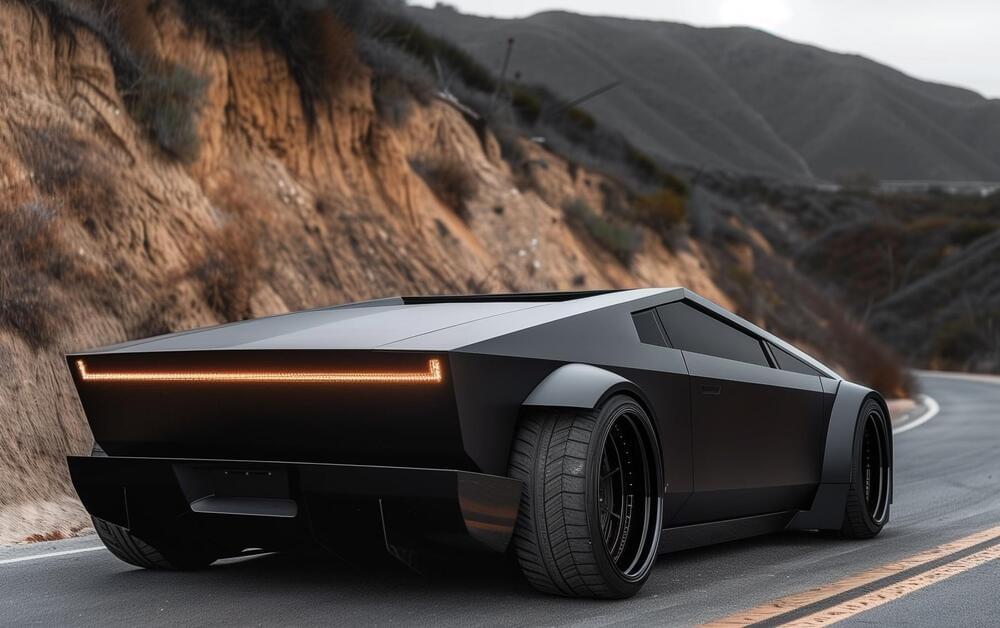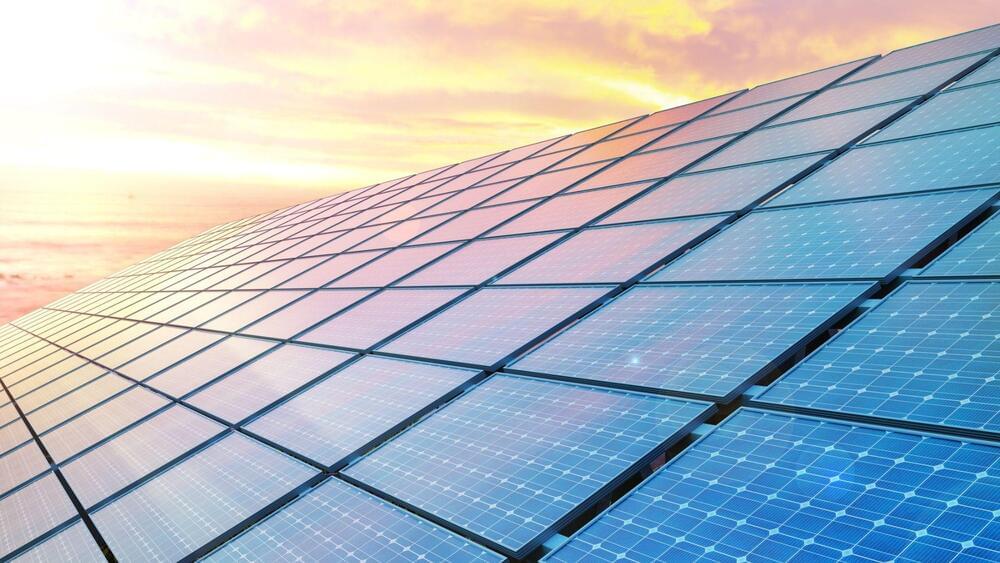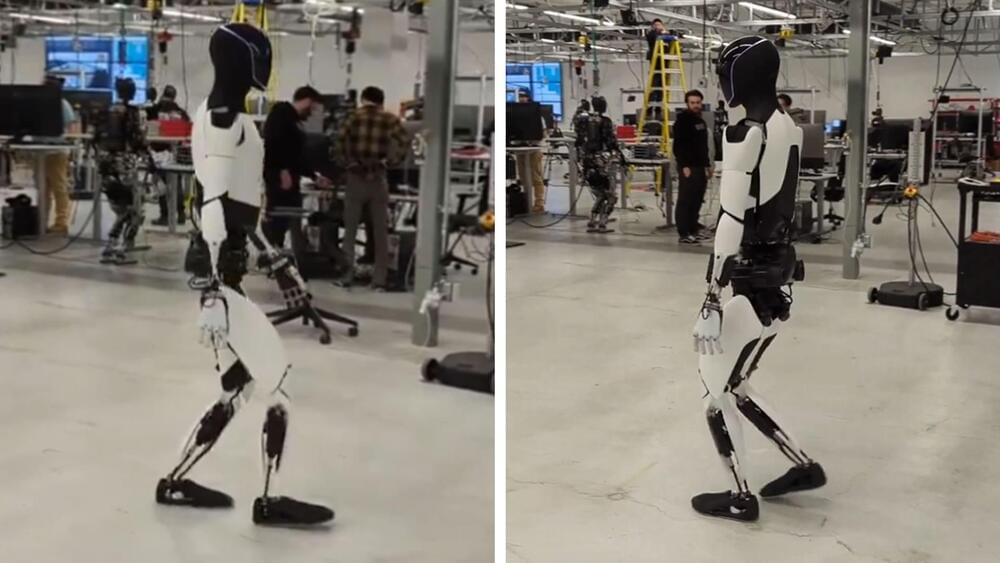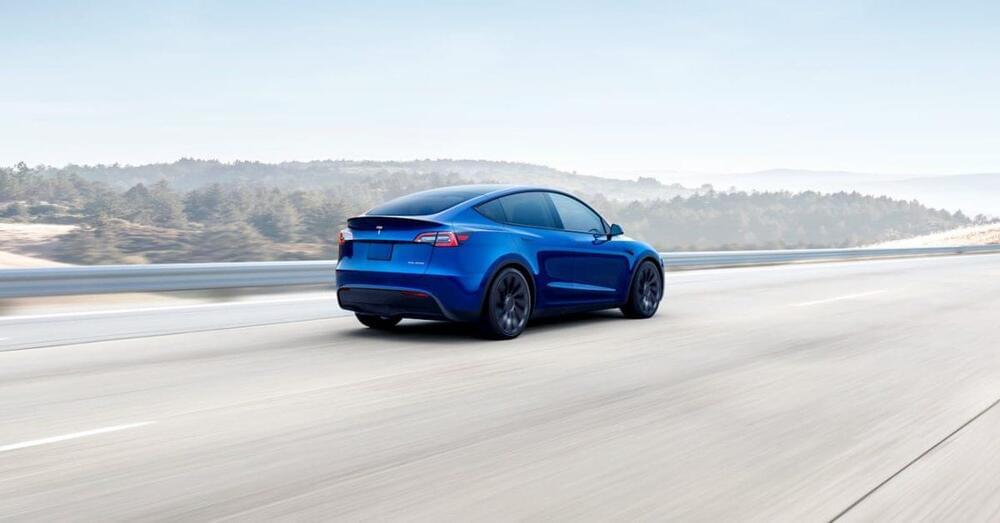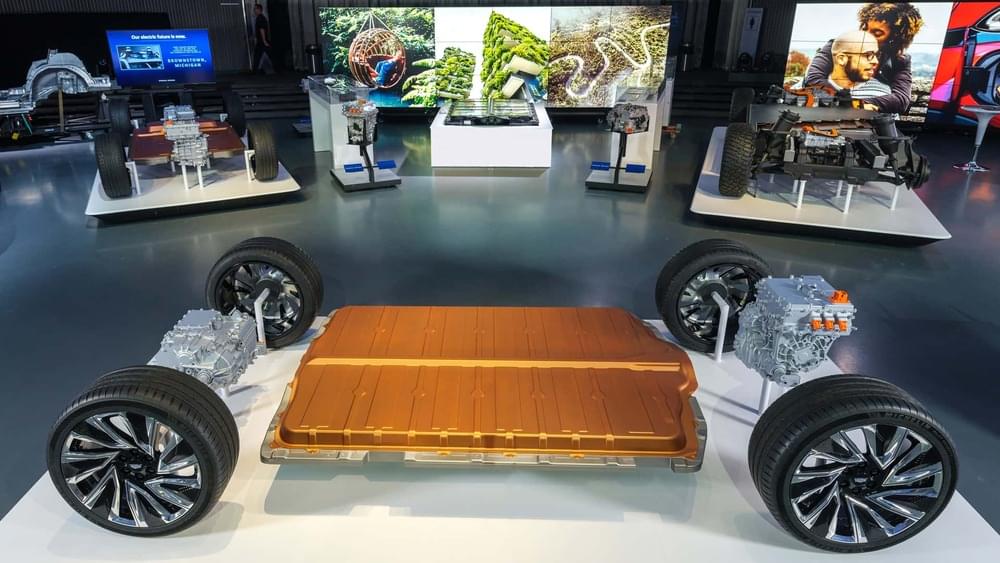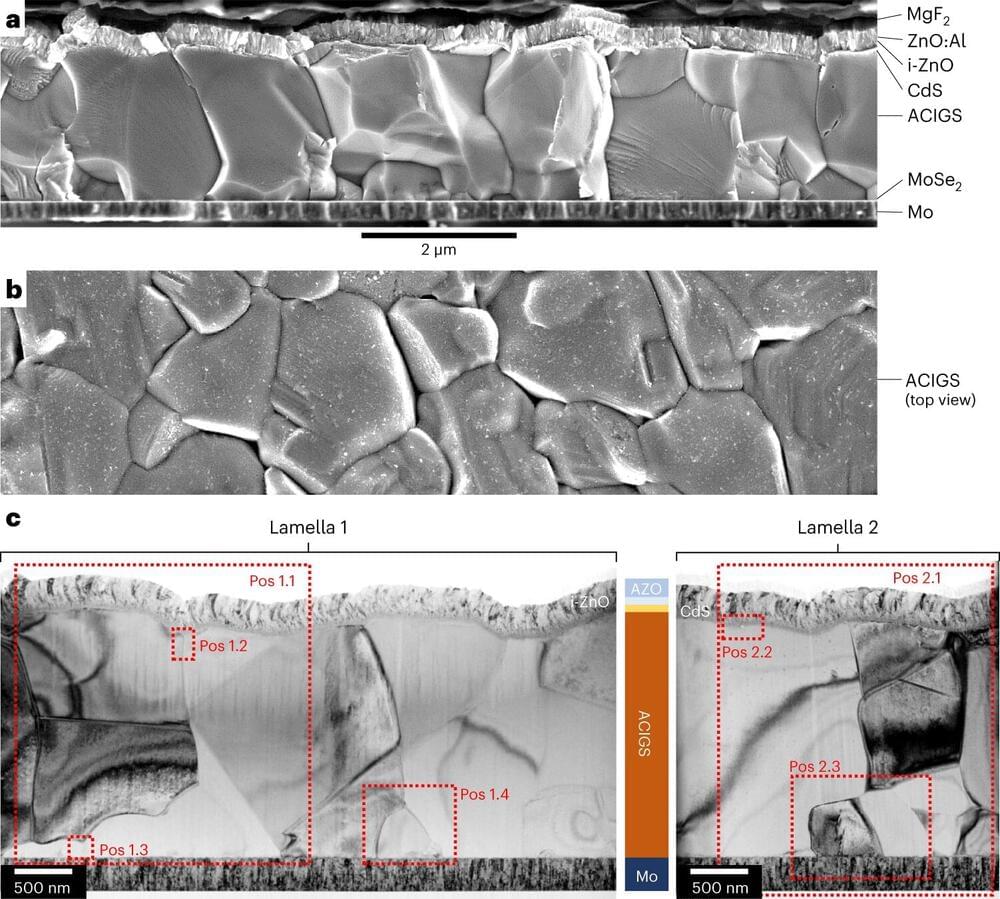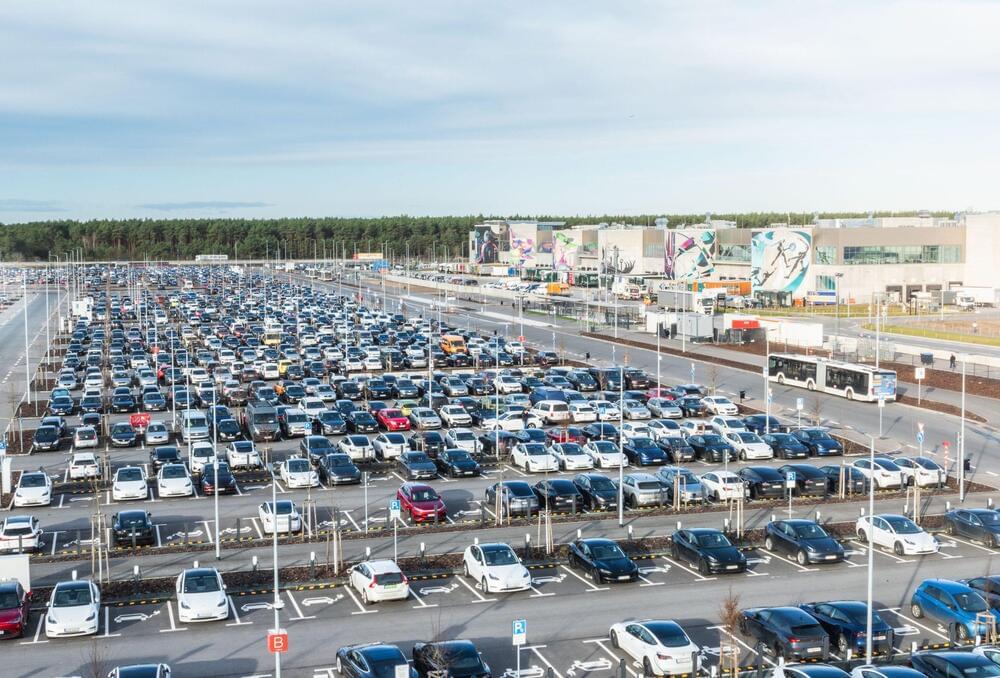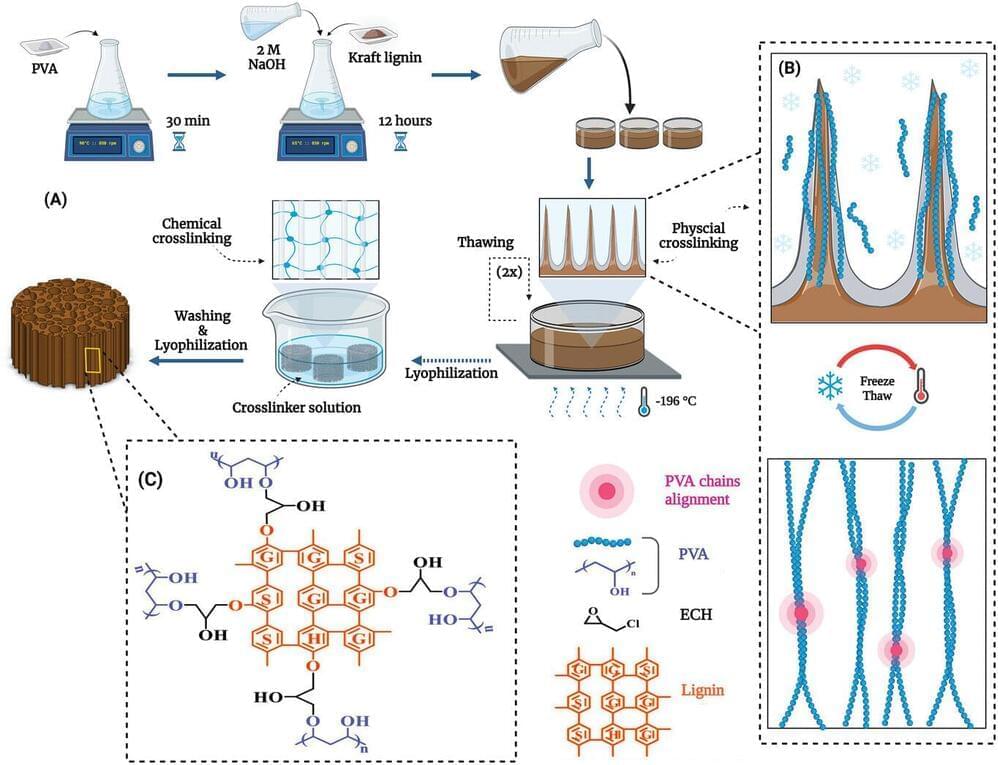Tesla CEO Elon Musk recently shared a number of notable updates for the next-generation Roadster. Apart from stating that Tesla is aiming to unveil the upcoming all-electric supercar later this year, Musk also provided some interesting tidbits about the vehicle. Among these is the fact that the new Roadster would be the product of Musk’s two largest companies — Tesla and SpaceX.
The new Roadster has been pushed far back in the company’s list of projects for years. Initially unveiled in late 2017 during the Tesla Semi’s unveiling, the Roadster was announced with a target availability date of 2020. The year came and went, of course, and the next-generation Roadster has mostly been forgotten, especially with Tesla getting busy with the Cybertruck.
But with the Cybertruck now being produced and the company now working on its next-generation platform, it would appear that Tesla is finally ready to work on releasing the new Roadster. Over the years, Musk’s comments about the vehicle have become wilder, with the CEO noting that the supercar should be able to fly for short “hops” due to a dedicated SpaceX package that would incorporate rocket tech in the car.
